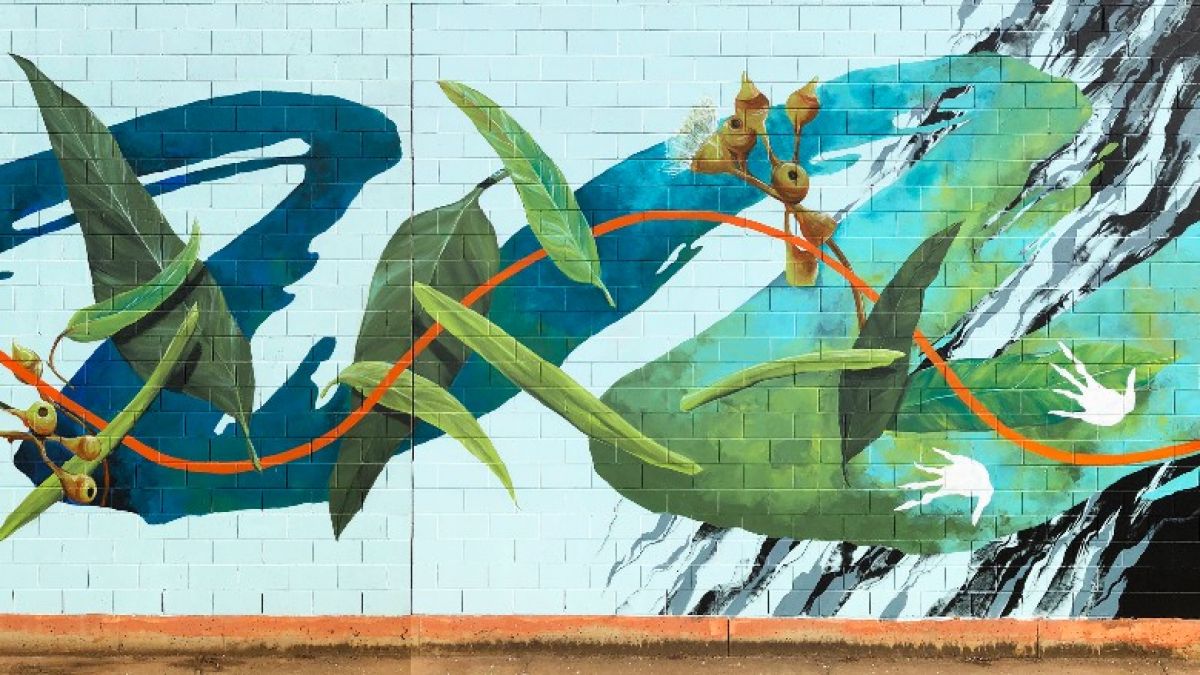The Public Art Audio Trail encourages residents and visitors alike to engage with Wagga Wagga City Council's Public Art collection through an audio walking trail, detailing stories behind the artworks through interviews with artists and community members.
Council has produced eight episodes, with six of the episodes linking a walking loop heading north along the Murrumbidgee River, which then takes you back along Fitzmaurice Street to arrive at the Wollundry Lagoon.
Cultural Officer Lauren Reynolds said our public art is an expression of Wagga Wagga's cultural richness and reflects who we are as a community.
"It celebrates Wagga Wagga's stories and is a way to bring our public spaces to life," Ms Reynolds said.
1.Stone Crows
2.Togetherness I Murrumbidgee Flow
3.Butcher's Medusa I Dame Edna
4.Local People ft. Dane Simpson and Jada Whyman I Like a Bull
5.Event on the Riverbank Towards the End of the 20th Century
6.Wiradjuri Ceramic Mural
The audio trail was designed to inspire residents and visitors to deepen their connection with our culturally rich artworks in new ways, exploring the relationship between our public art and our community's stories.
"The reasonably flat walk is approximately three kilometres long and will take about 45-60 minutes at an easy pace," Ms Reynolds said.
"As you walk, you can use your mobile phone to scan the QR code at each stop to hear interviews with artists and the inspiration behind the artwork.
"A notable episode features an extended interview with Wiradjuri Elder Uncle James Ingram, sharing his cultural knowledge and talking about the significance of the Wiradjuri Ceramic Mural.
"The large ceramic mural is located on the exterior wall of Wagga Wagga's Civic Centre, between the E3 art space and the library, overlooking Wollundry Lagoon.
"The mural depicts the Murrumbidgee River and the history of the Wiradjuri people and celebrates the relationship between Aboriginal people and the land.

"To continue exploring the Public Art collection there are two other episodes highlighting artworks on Baylis Street and in Uranquinty."
The six episodes were made possible through funding from the Australian Government's Regional Arts Fund, which supports the arts in regional and remote Australia.
There were also two pilot episodes funded through the Australian Government's Culture, Heritage and Arts Regional Tourism program.






